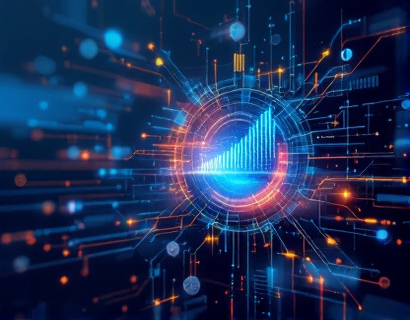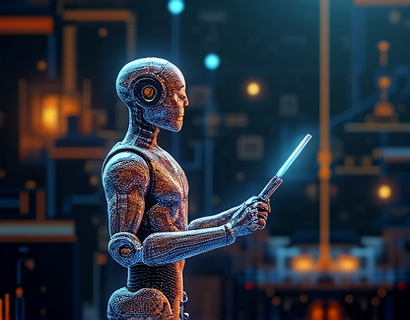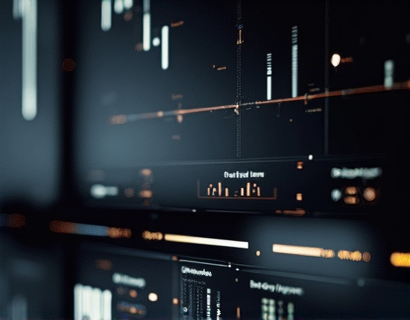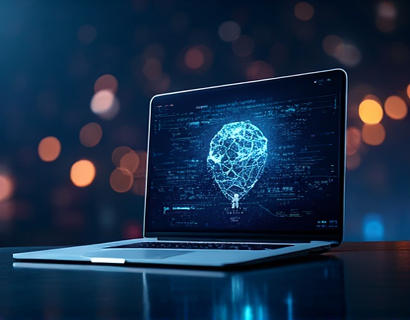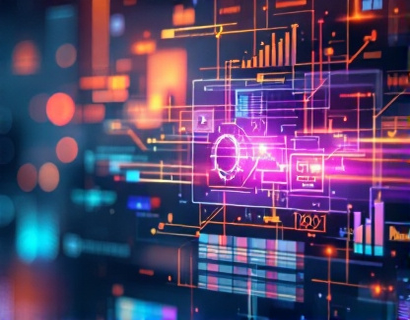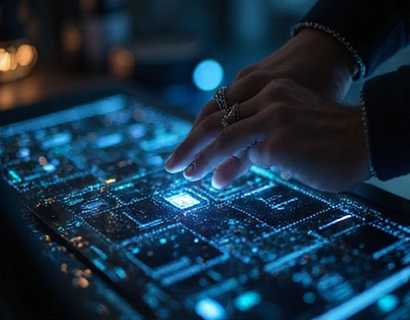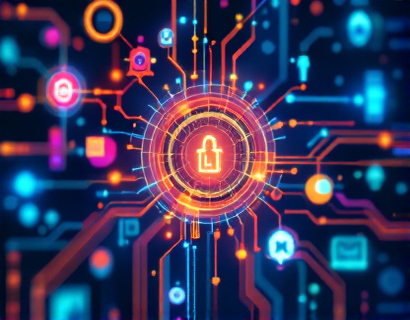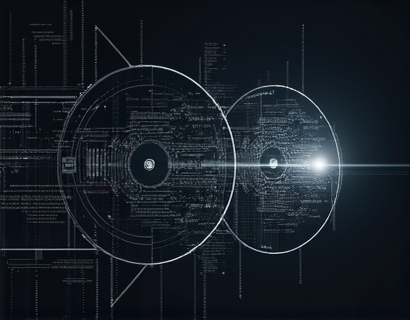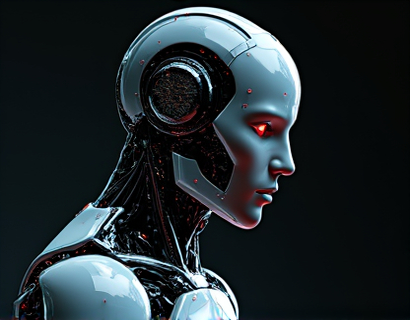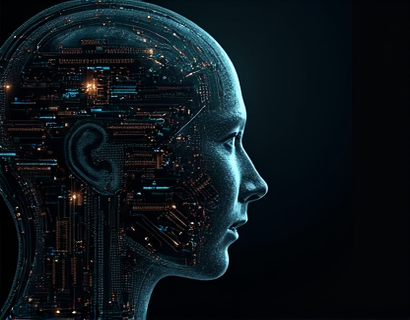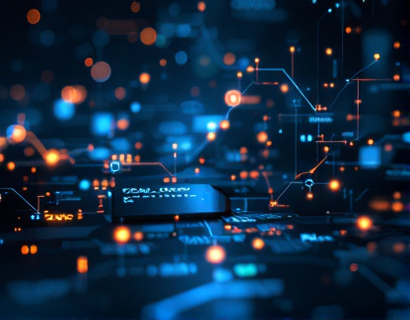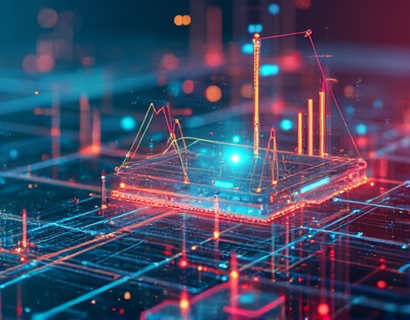Exploring the Synergy of Crypto and AI: Transforming Digital Interactions and User Engagement
The intersection of cryptocurrency and artificial intelligence (AI) is revolutionizing the digital landscape, driving unprecedented growth and enhancing user engagement across various platforms. This article delves into the latest advancements in this space, highlighting how the combination of these two technologies is reshaping the way we interact with digital services and applications. By understanding the synergy between crypto and AI, tech enthusiasts and professionals can gain valuable insights into the future of digital innovation.
Understanding Cryptocurrency and AI
Cryptocurrency, a digital or virtual currency that uses cryptography for security, operates on decentralized networks like blockchain. It offers a new paradigm for financial transactions, providing transparency, security, and autonomy. On the other hand, AI refers to the simulation of human intelligence processes by machines, particularly computer systems. These processes include learning (the acquisition of information and rules for using it), reasoning (using rules to reach approximate or definite conclusions), and self-correction. When combined, these technologies create powerful tools for innovation and transformation.
The Role of AI in Cryptocurrency
AI plays a crucial role in the cryptocurrency ecosystem by enhancing various aspects of blockchain technology and digital asset management. One of the primary applications is in smart contracts, which are self-executing contracts with the terms directly written into code. AI can optimize the execution of these contracts by predicting outcomes, reducing risks, and automating complex decision-making processes. For instance, AI algorithms can analyze market trends and automatically execute trades based on predefined criteria, improving efficiency and profitability for users.
Another significant area is in security. AI-driven systems can detect and prevent fraudulent activities by analyzing patterns and anomalies in transaction data. Machine learning models can identify suspicious behavior and alert users or administrators in real-time, enhancing the overall security of cryptocurrency platforms. Additionally, AI can improve user authentication processes through biometric verification and behavioral analysis, making it harder for unauthorized access.
Enhancing User Engagement through AI
AI is not only transforming the backend operations of cryptocurrency platforms but also revolutionizing user engagement. By leveraging AI, platforms can offer personalized experiences that cater to individual user preferences and behaviors. For example, AI-powered recommendation systems can suggest relevant cryptocurrencies, trading strategies, and educational content based on a user's past interactions and interests. This personalization increases user satisfaction and retention, fostering a more engaged and loyal community.
Chatbots and virtual assistants driven by AI technology provide 24/7 customer support, answering queries and guiding users through complex processes. These AI-driven interfaces can understand natural language, making interactions more intuitive and user-friendly. By reducing the barrier to entry and providing seamless support, AI enhances the overall user experience, encouraging more people to explore and engage with cryptocurrency platforms.
Blockchain and AI: A Powerful Combination
The combination of blockchain and AI creates a synergistic effect that amplifies the benefits of both technologies. Blockchain's transparency and immutability provide a reliable foundation for AI systems to operate on. AI, in turn, can analyze the vast amounts of data generated by blockchain networks, extracting valuable insights and driving innovation. This partnership is particularly evident in decentralized finance (DeFi) applications, where AI can optimize lending, borrowing, and yield farming processes by analyzing market conditions and user behavior.
Moreover, AI can enhance the scalability and efficiency of blockchain networks. By predicting network congestion and optimizing transaction processing, AI algorithms can ensure smoother operations and faster transaction times. This is crucial for widespread adoption, as users demand faster and more reliable services. The integration of AI in blockchain technology also opens up new possibilities for decentralized applications (dApps), enabling more complex and sophisticated functionalities.
Crypto and AI in the Ucosystem
The Ucosystem, a term referring to the interconnected network of cryptocurrency and AI-driven applications and services, is at the forefront of digital transformation. Platforms within this ecosystem leverage the strengths of both technologies to create innovative solutions that enhance user engagement and drive growth. By integrating AI into cryptocurrency services, these platforms can offer more intuitive, secure, and personalized experiences, setting new standards in the digital world.
For instance, decentralized exchanges (DEXs) can use AI to improve order matching, reduce slippage, and enhance liquidity. AI-driven analytics can provide users with real-time insights into market trends and trading strategies, empowering them to make informed decisions. Additionally, AI can facilitate the development of new financial instruments and protocols, expanding the range of services available within the Ucosystem.
Case Studies: Successful Integration of Crypto and AI
Several platforms have successfully integrated AI and cryptocurrency, demonstrating the potential of this synergy. One notable example is a decentralized prediction market platform that uses AI to analyze vast amounts of data and predict outcomes with high accuracy. Users can bet on these predictions, earning rewards in cryptocurrency. The AI algorithms continuously learn from user behavior and market data, improving the accuracy of predictions over time. This not only enhances user engagement but also creates new revenue streams for the platform.
Another example is an AI-powered portfolio management tool that integrates with cryptocurrency wallets. This tool uses machine learning to analyze market data, provide real-time insights, and suggest optimal portfolio compositions. By automating complex decision-making processes, it helps users manage their crypto assets more effectively, reducing the risk of human error and increasing potential returns.
Challenges and Considerations
While the integration of AI and cryptocurrency offers numerous benefits, it also presents challenges that need to be addressed. One major concern is the regulatory landscape. As both crypto and AI are relatively new and rapidly evolving fields, regulatory frameworks are still developing. Platforms must navigate these regulations carefully to ensure compliance and avoid legal issues. Transparency and ethical considerations are also crucial, as the use of AI in financial services raises questions about data privacy and algorithmic bias.
Technical challenges, such as ensuring the security and reliability of AI systems, are equally important. AI models must be robust against attacks and capable of handling large volumes of data without errors. Continuous monitoring and updating of these systems are necessary to maintain their effectiveness and integrity.
Future Prospects
The future of the Ucosystem, driven by the synergy of crypto and AI, looks promising. As technology advances, we can expect more sophisticated and seamless integrations that further enhance user engagement and platform functionality. The development of more advanced AI algorithms, combined with the growing adoption of blockchain technology, will lead to innovative applications across various industries.
One area of potential growth is in the realm of decentralized autonomous organizations (DAOs), where AI can optimize governance and decision-making processes. AI-driven analytics can help DAOs make data-backed decisions, improving efficiency and transparency. Additionally, the integration of AI in non-fungible tokens (NFTs) and digital art can create new forms of ownership and value, opening up new markets and opportunities.
In conclusion, the combination of cryptocurrency and AI is driving significant transformation in the digital landscape. By leveraging the strengths of both technologies, platforms within the Ucosystem can offer enhanced user experiences, drive growth, and foster meaningful connections. As the field continues to evolve, staying informed and adaptable will be key for anyone looking to thrive in this exciting and dynamic space.



